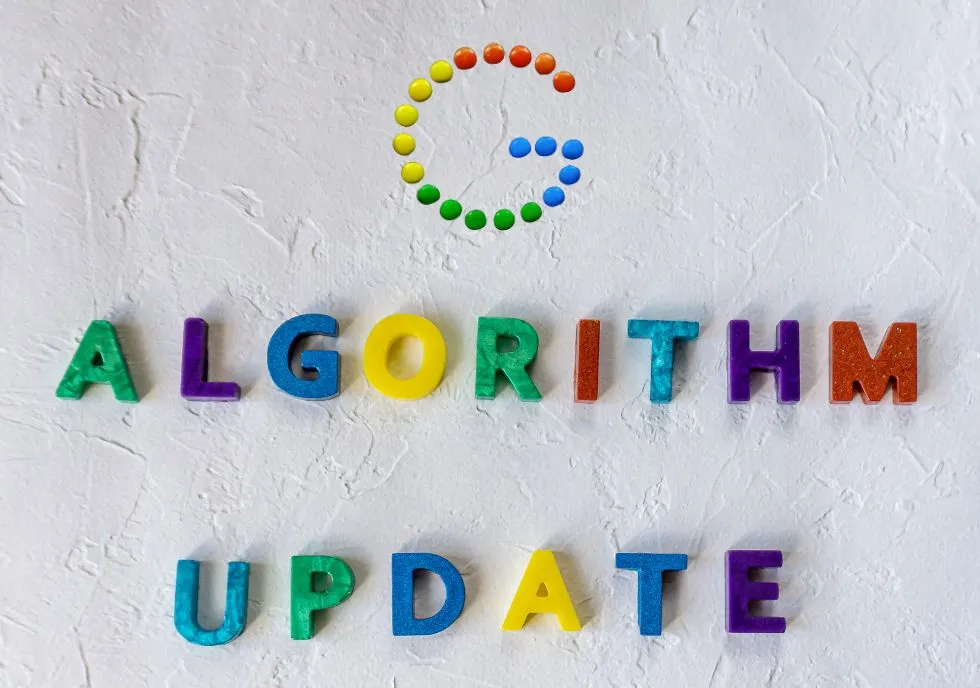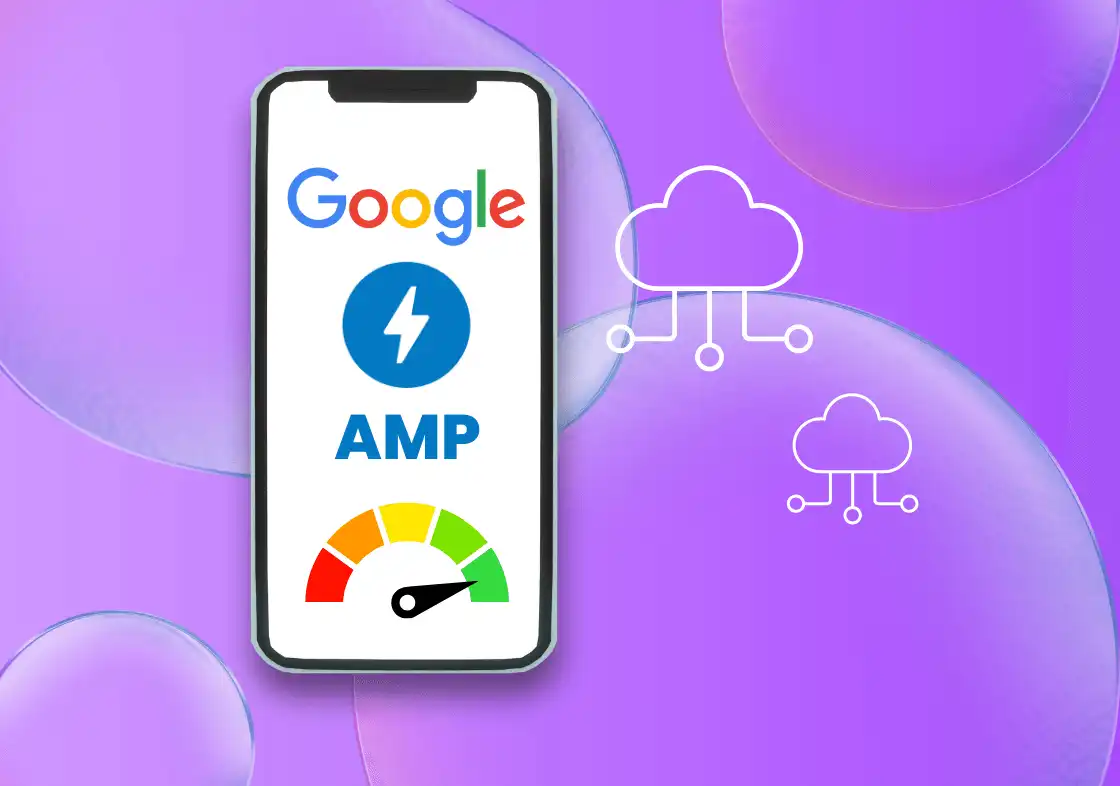Programmatic advertising is buying and selling advertising space through automated systems, such as real-time bidding. It is changing the way advertisers reach and engage their target audience.
One of the main benefits of programmatic advertising is the ability to reach specific target audiences with precision. Advertisers can use data and analytics to identify their target audience, and then use programmatic advertising to deliver their message to that specific audience. This results in higher engagement rates and better ROI compared to traditional advertising methods.
Programmatic advertising also offers increased efficiency and cost savings. The automation of the buying and selling process eliminates the need for manual negotiations, saving time and money. Advertisers only pay for impressions that are delivered to their target audience, reducing the waste associated with traditional advertising methods.
Another advantage of programmatic advertising is the ability to measure and track the success of campaigns in real-time. Advertisers can see how their campaigns are performing, identify areas for improvement, and make adjustments on the fly. This level of transparency and accountability is not possible with traditional advertising methods.
Programmatic advertising also offers a wide range of ad formats, including display, video, and mobile. This allows advertisers to choose the format that best fits their message and target audience. For example, video ads are particularly effective for engaging with younger audiences, while display ads are best for building brand awareness.
However, despite its benefits, programmatic advertising has some challenges. One of the biggest challenges is ensuring the quality of the inventory. Advertisers need to be sure that their ads are being delivered to a high-quality website and audience, and not to low-quality sites that could harm their brand.
Another challenge is the need for technical expertise. Programmatic advertising requires a good understanding of data, analytics, and technology, which can be a barrier for advertisers who are new to the space.
Finally, there is the issue of privacy and data security. Programmatic advertising relies on the collection and use of data, which raises concerns about the privacy of users and the security of their information. Advertisers need to be transparent about their data practices, and ensure that they comply with privacy laws and regulations.
In conclusion, programmatic advertising is a powerful tool for marketers who want to reach and engage their target audience with precision. With its ability to target specific audiences, deliver real-time results, and offer cost savings, programmatic advertising is an important component of any modern marketing strategy. However, advertisers need to be aware of the challenges and overcome them by strongly understanding data, technology, and privacy.



